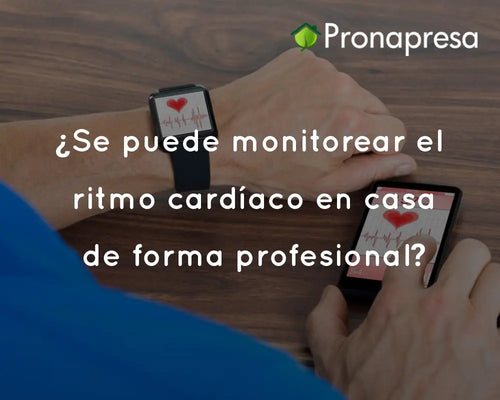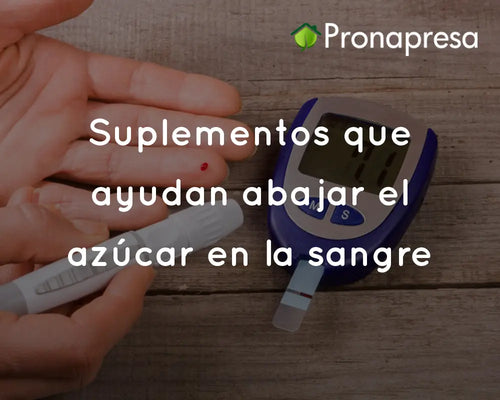
Nearly one-third of all people with diabetes don't know they have it. The symptoms seem so harmless, like the symptoms of simply getting older. This article discusses the different types of diabetes and some of the common symptoms of each to help you understand diabetes a little better.
In this article, we'll review the three main types of diabetes. They are type 1, type 2, and gestational diabetes.
Type 1 diabetes
✅This type of diabetes has also been called insulin-dependent and immune-mediated diabetes. It occurs when your body can't produce insulin. The immune system attacks the insulin-producing cells in the pancreas. This type of diabetes is usually diagnosed in children and young adults and was previously known as juvenile diabetes.
Type 1 diabetes increases the risk of other serious complications, such as heart disease, nerve damage, blindness, and kidney damage.
Some of the symptoms include increased thirst, increased urination, weight loss even with increased appetite, nausea, vomiting, abdominal pain, fatigue, and absence of menstruation.
Type 2 diabetes
Type 2 diabetes is the most common type that goes undiagnosed. It progresses slowly and causes symptoms such as skin infections, poor wound healing, kidney problems, and vision problems. It's common for these complications and diabetes to go undiagnosed after years of mild symptoms.
The problem is often that people don't have serious symptoms and don't seek medical attention at all. They simply think of the symptoms as aging. For this reason, it's important to get regular diabetes screening in the most common age group (over 40). Less often, a doctor may treat other conditions without realizing they have diabetes.
Gestational Diabetes
Gestational diabetes occurs during a woman's pregnancy. Pregnant women who have never had diabetes before but experience high blood sugar levels during pregnancy are said to have it. It affects 4 percent of all women during pregnancy.
Symptoms include increased thirst, increased urination, weight loss despite increased appetite, fatigue, nausea and vomiting, frequent infections, including bladder, vaginal, and skin infections, and blurred vision.
Gestational diabetes can be overlooked during pregnancy. It usually begins with mild symptoms that can often be attributed to other causes. It's important to get tested during pregnancy because the high blood sugar levels of gestational diabetes can harm the baby and sometimes lead to other complications.
Even if you're not pregnant, you should prioritize getting tested. Many women have gestational diabetes and think their symptoms are normal during pregnancy. It's always a good idea to get tested for diabetes.























































